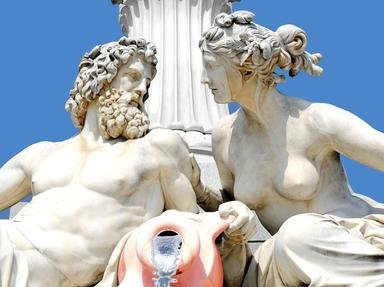
Uneasy Lies the Head Trivia Quiz
Throughout human existence we've believed in half-humans--creatures and gods whose human body bears the head of another species. Match them up! Some very easy, some hard. The area of origin alongside the name may help you.
A matching quiz
by Godwit.
Estimated time: 3 mins.